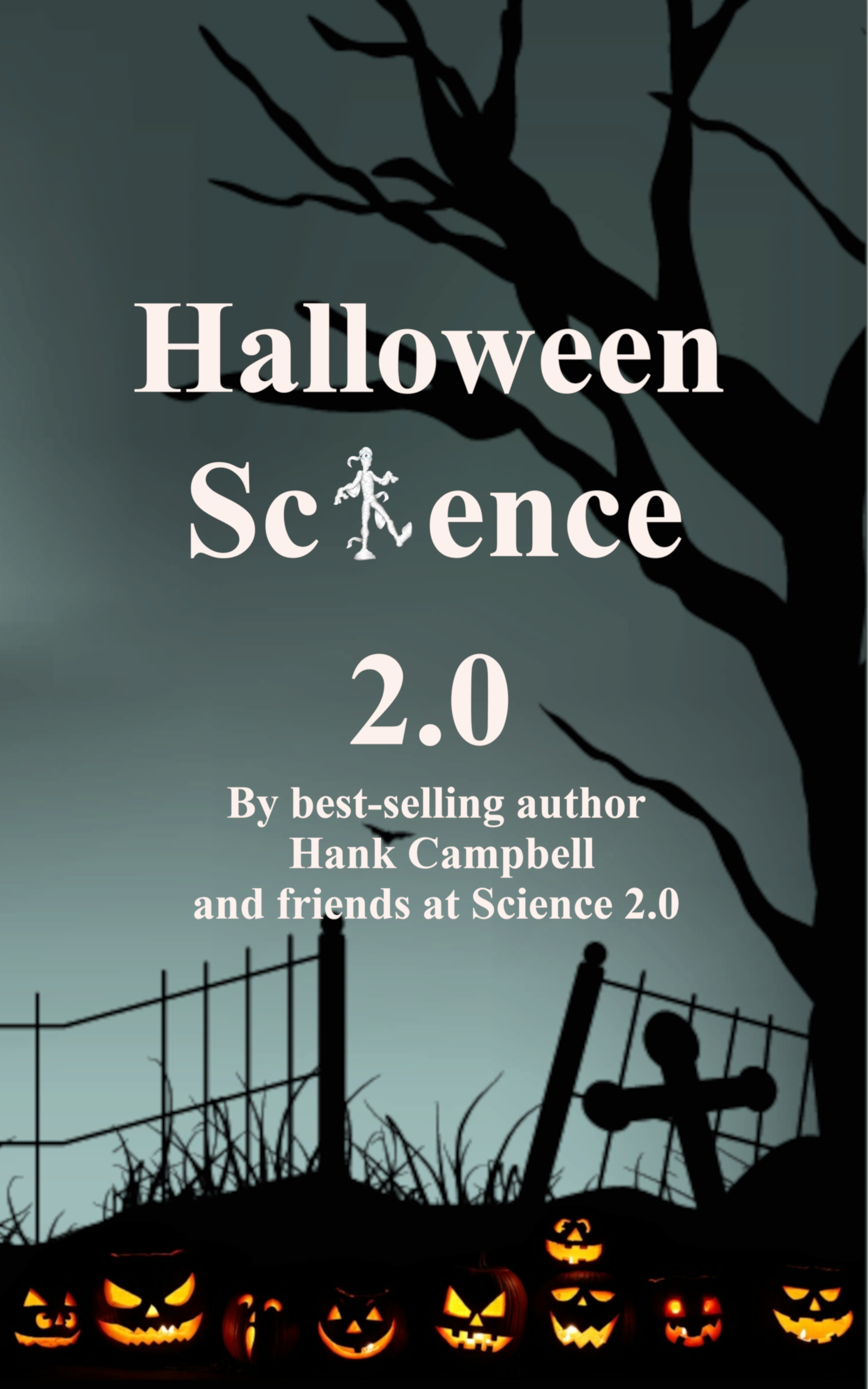First collisions of protons at CERN's Large Hadron Collider are expected to start the first or second week of June. The LHC was restarted in early April after a two-year pause to upgrade the machine to operate at higher energies for a second three-year run . At higher energy, physicists may see new discoveries about the laws that govern the universe and SUSY diehards - physicists who support the hypothesis of space and time called SuperSymmetry - maintain hope new discoveries bolster them and change the current accepted theory of physical reality, the Standard Model.
This time everyone is wary of the "Unidentified Lying Object" problem, called such because if there is even the tiniest debris - a nitrogen particle - the beam could be disrupted. Such an object would be unidentified because the beam pipe is a sealed vacuum. The LHC's 17-mile underground tunnel is a vacuum tube where proton beams collide and scatter particles that scientists then analyze and the proton beam is sensitive to the geometry of the environment and can be easily blocked. Leaving bread around is a bad thing.
What can top discovery of a new fundamental particle, the Higgs boson, which occurred in 2012? That's the mystery. The LHC was always regarded as an interim step and there are already calls to build its successor, so it can interpret whatever is found by the LHC. But the LHC, like the Tevatron in the US, has a lot of life left.
"It will take only one significant deviation in the data to change everything," said Albert De Roeck, a staff member at CERN and a professor at the University of Antwerp, Belgium and UC Davis during the "2015 International Workshop on Deep-Inelastic Scattering," an international meeting of more than 250 physicists from 30 countries on the campus of Southern Methodist University.
Going into the second run, De Roeck said physicists will continue to look for anomalies, unexpected decay modes or couplings, multi-Higgs production, or larger decay rates than expected, among other things. It may seem esoteric but particle discoveries are ultimately applied to other fields to improve everyday life, such as medical technologies like MRIs and PET scans, which diagnose and treat cancer. For example, proton therapy is the newest non-invasive, precision scalpel in the fight against cancer, with new centers opening all over the world.
LHC: Nothing New Expected But One Deviation Can Change Everything






Comments